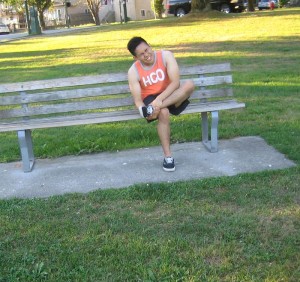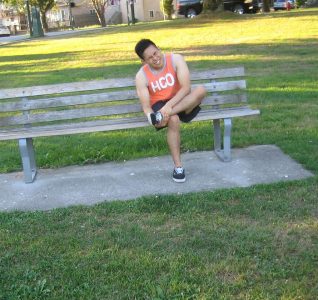The knee is a joint that depends on two sets of ligaments for stability. The collateral and cruciate ligaments are durable bands of connective tissue that connect to the tibia and femur. As long as the ligaments are healthy, they provide the knee and surrounding bones power and strength. The ligaments can be damaged while engaging in sports and if subjected to traumatic events.
Medial collateral ligament
The medial collateral ligament is often torn due to sports injuries. Football players who sustained a direct blow on the exterior of the knee can sustain damage to the ligament due to the force of the blow that can cause a tear or strain. Being tackled with a shoulder to the outside of the knee or thigh can cause a MCL tear.
Lateral collateral ligament
A tear on the lateral collateral ligament can occur during sports. Take note that it is not as frequent as a tear on the MCL though. Once the LCL is torn, it is due to a direct blow that strikes the rear part of the knee. This occurs in high-impact sports such as soccer, hockey and football.
Once a blow on the knee is hard enough, it can strain or tear the ligament on the exterior of the knee. During hockey, a player might lose his/her balance and make contact with the interior aspect of the knee of an opponent, thus resulting to a tear.

Anterior cruciate ligament
The anterior cruciate ligament restricts rotation and forward movement of the lower leg. Once the ACL is stretched, it is called as a sprain. Once it is fully torn, it can be called a rupture. When the tear also tears out a piece of the tibia away from the main part of the bone, it is called an avulsion fracture.
This damage can develop during abrupt changes in directions during a run or from poor landing after a jump. It can also occur due to a direct strike to the back of the knee. It is important to note that the injury can be accompanied by a popping sound as the ligament is torn. The pain and swelling usually occur after the popping sound. In most circumstances, walking and standing can be difficult or even impossible. Surgery is indicated if an individual sustains a complete tear.
Posterior cruciate ligament
The posterior cruciate ligament restricts the backward movement of the leg. This knee ligament is typically damaged after a direct blow to the front part of the knee. Once this knee ligament is torn, it can be accompanied by a popping, loud sound along with swelling. In most cases, it can be painful and impossible to walk or stand after a full tear. Surgery is often needed after this injury.

